
From the spellbinding vastness of the cosmos to the microscopic enigmas of DNA, science continuously unveils chapters of an endless odyssey.

The latest narrative twist could emerge not from a nebula or black hole, but from the fusion of human cells with DNA of the hardiest microscopic survivors on Earth: tardigrades.

This is not the plot of a science fiction novel, but an actual scientific endeavor aimed at preparing humans for life beyond our planet.

The concept of bioengineering humans to endure the harsh realities of space may sound like the musings of Arthur C. Clarke, but it has a solid scientific foundation. Geneticist Chris Mason of Weill Cornell University in New York has been on the forefront of genetic studies in space.

Mason spearheaded research analyzing the year-long space station sojourn of astronaut Scott Kelly and his Earth-bound twin brother, Mark Kelly.

By comparing their biological changes, scientists gained invaluable insights into the impact of space on the human body.
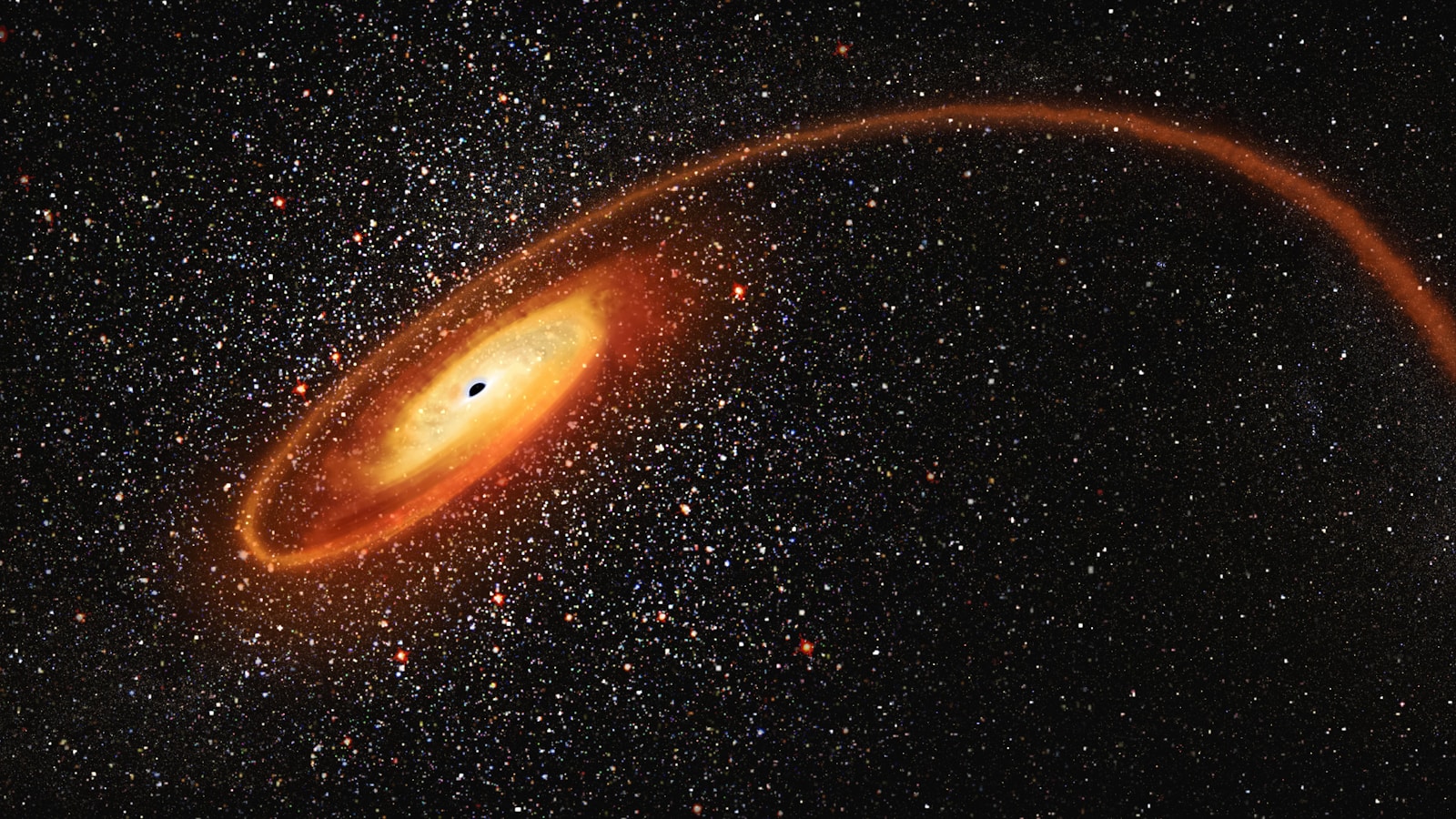
One of the most intriguing propositions Mason raises involves integrating human cells with tardigrade DNA.

These micro-animals are celebrated for their survival capabilities in extreme conditions, including the vacuum of space. If we could imbue human cells with tardigrade resilience, astronauts might withstand the rigors of cosmic radiation and other space perils with greater ease.
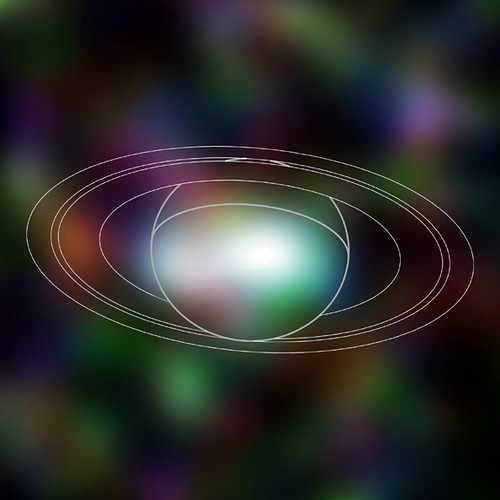
This idea of genetic manipulation, while groundbreaking, is laced with controversy and ethical quandaries.
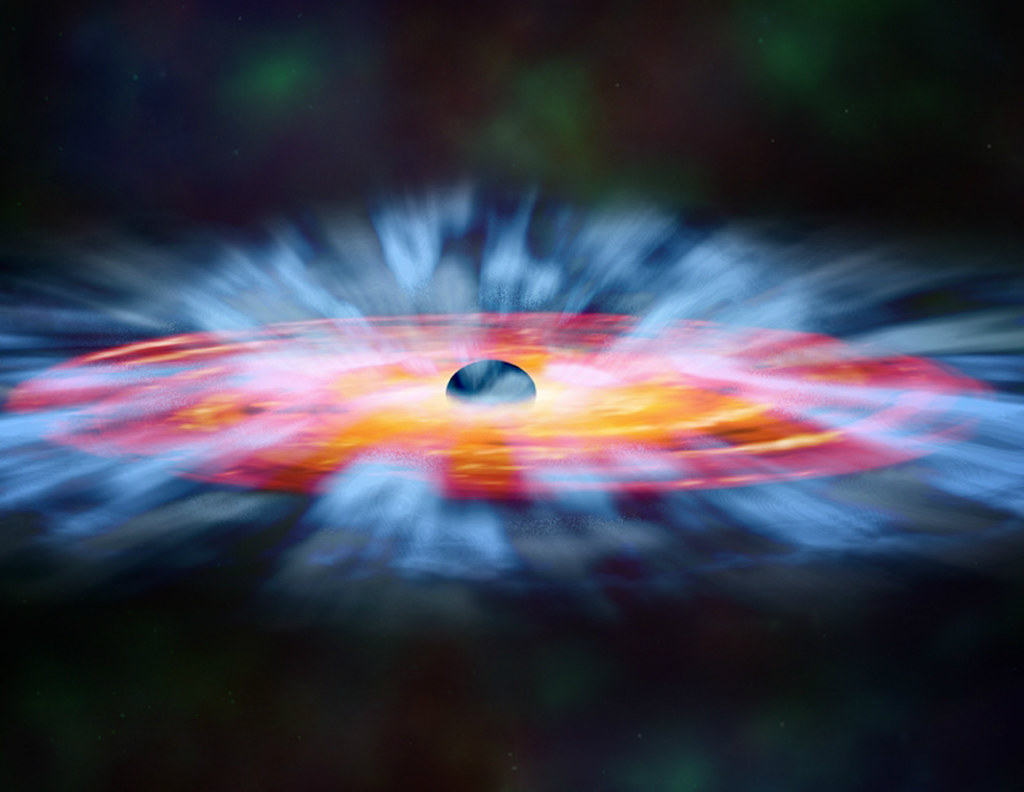
The journey from concept to human application is paved with decades of research, trials, and ethical considerations. “I don’t have any plans of having engineered astronauts in the next one to two decades,” says Mason.

He envisions a 20-year trajectory of pure discovery and validation before potentially crafting a human better suited for Mars survival.

The radiation challenge is paramount for space travel, especially on missions to Mars. Genetic modifications may not only bolster astronaut defenses against such exposure but could also prove invaluable in treating radiation-induced damage during cancer therapies on Earth.
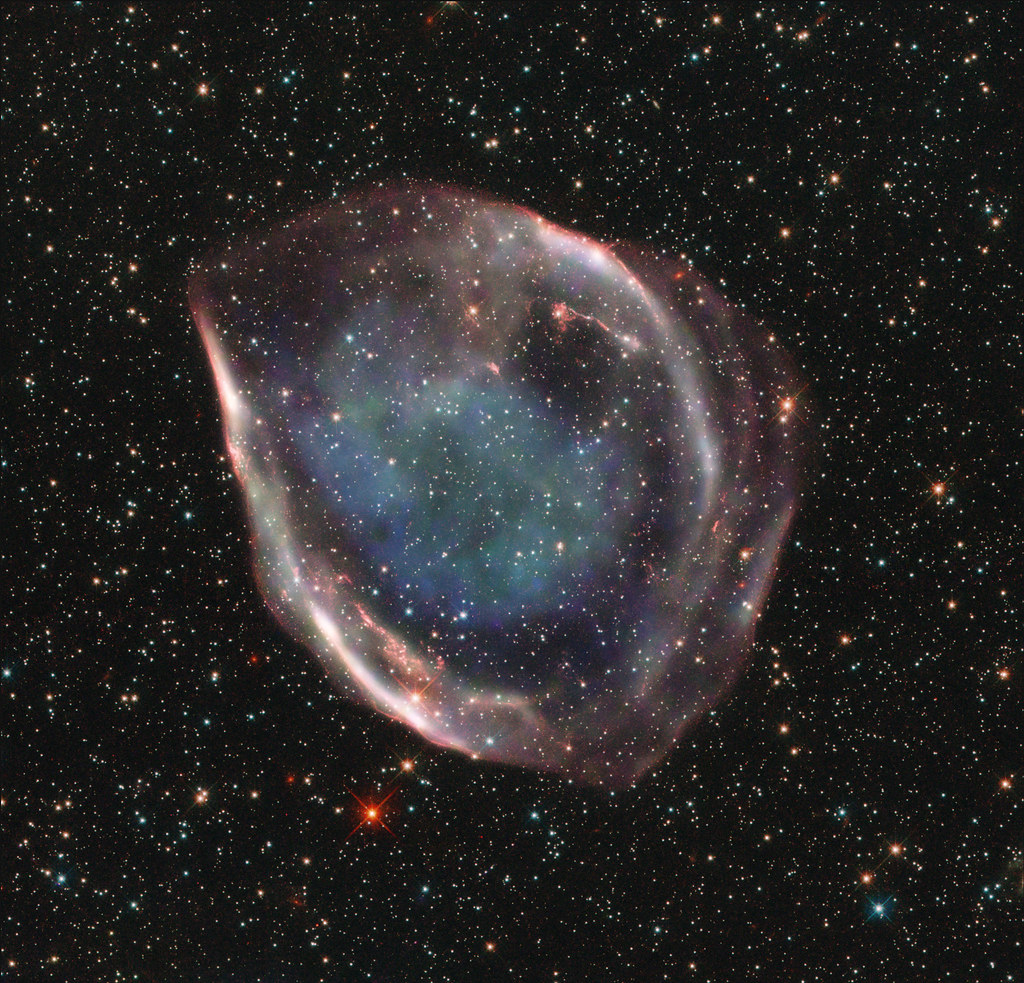
In the shadow of these futuristic endeavors, the ethical landscape is as complex as the science itself. The idea of altering the human genome raises profound questions about our evolution, identity, and the very nature of human liberty.
The aim, however, is not to create a new species but to expand the human potential for survival across planets without compromising our ability to thrive on Earth.
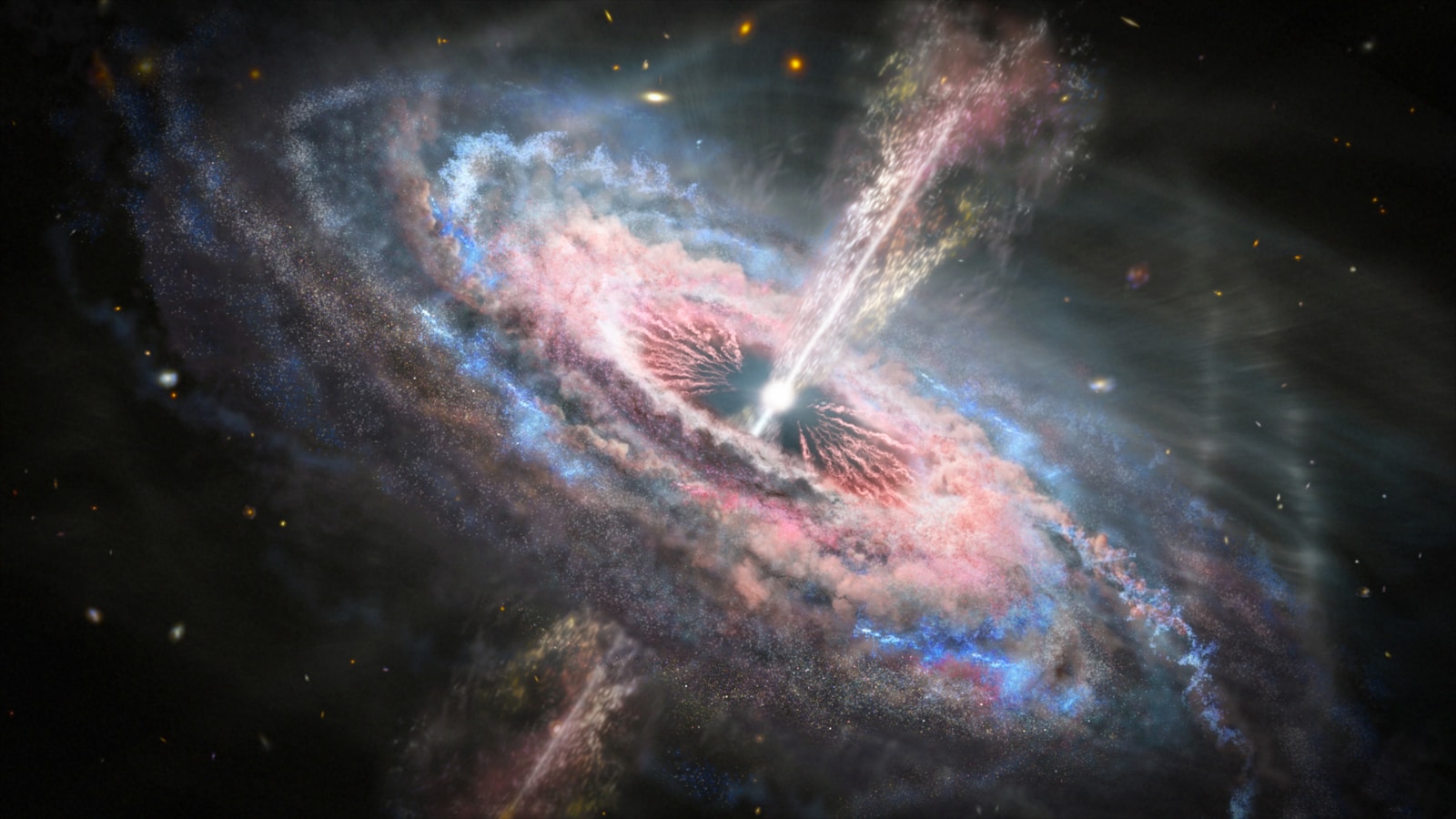
Advancements in genetic engineering, such as CRISPR–Cas9, are rapidly progressing towards clinical applications. Already, CRISPR technology has been leveraged to edit the genomes of organisms across various species, bringing genetic therapy for human diseases closer to reality.

The implications of these technologies stretch from treating genetic disorders to possibly eradicating viruses like HIV from human cells.
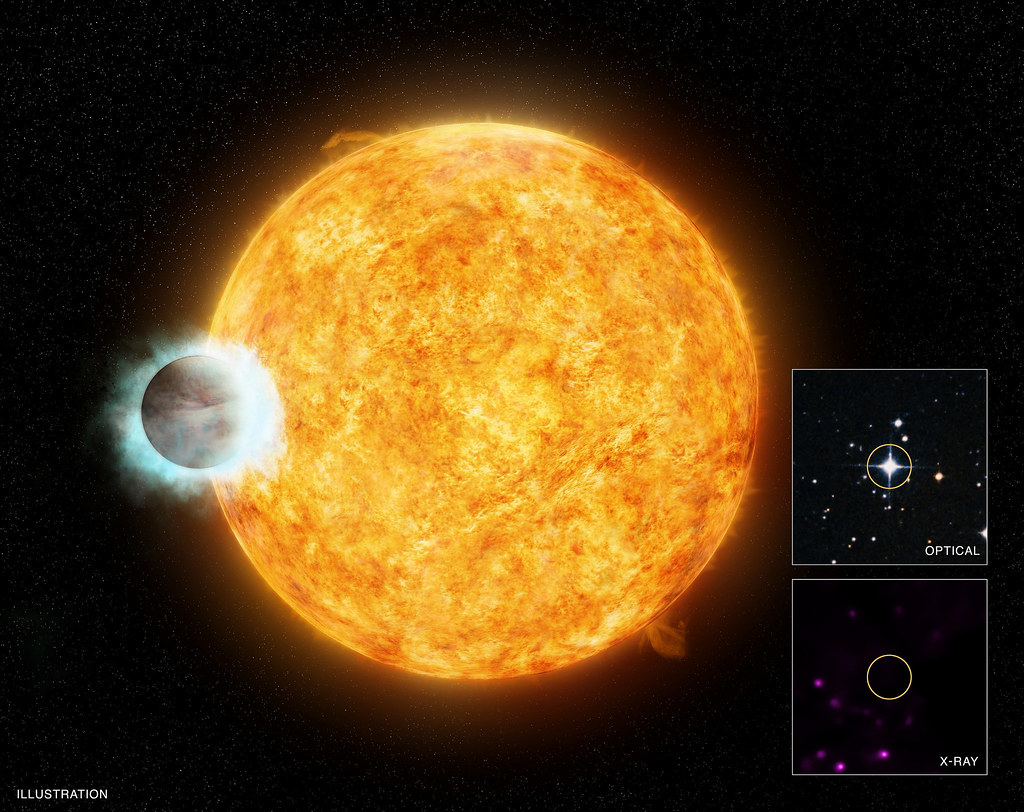
As science treads this new frontier, the story unravels with cautionary diligence. Mason notes, “It’s not if we evolve; it’s when we evolve,” underscoring the inevitability of change.
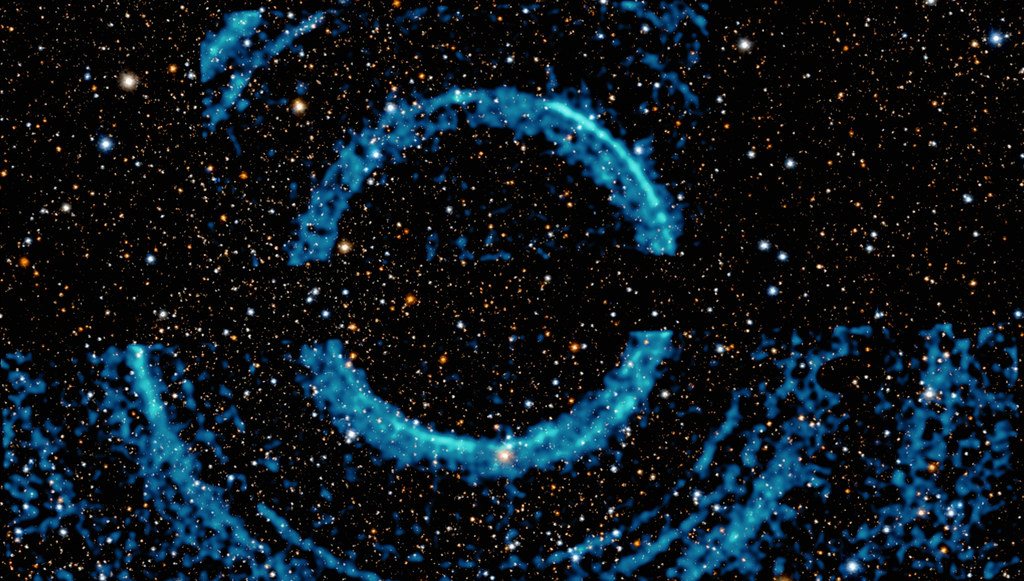
The ethical, philosophical, and scientific discussions surrounding this evolution are set to intensify as the potential of genetic engineering comes closer to transforming the human condition in ways once confined to the realms of cosmic science fiction.




Relevant articles:
– Can We Genetically Engineer Humans to Survive Missions to Mars?, Space.com
– Gene Therapy and Genetic Engineering, University of Missouri School of Medicine
– Can Genetic Engineering Help Humans Live In Space?, Science Friday
– Epigenome Engineering in Cancer: Fairytale or a Realistic Path to the Clinic?, National Institutes of Health (NIH) (.gov)

